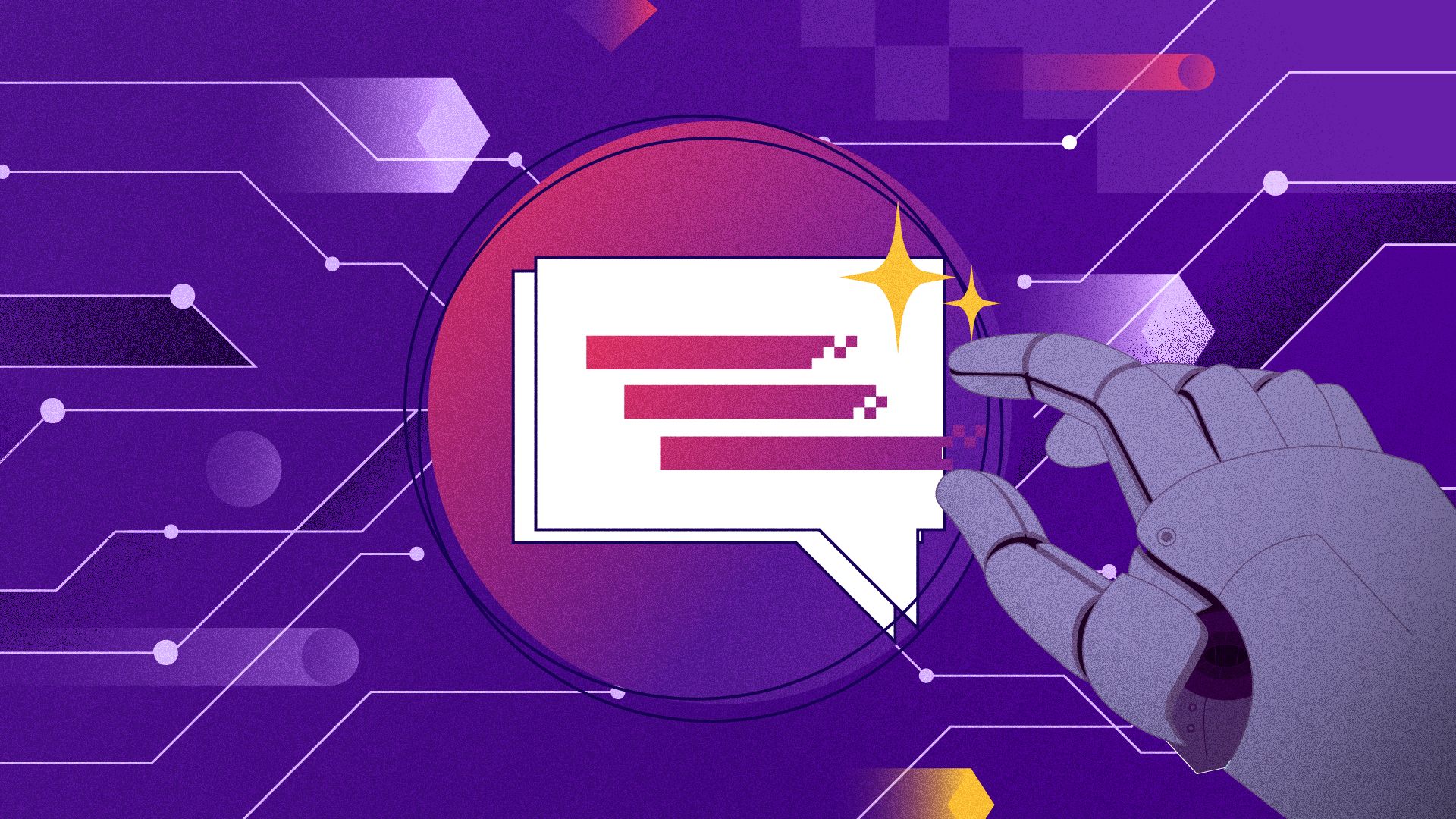Have you ever wondered how AI models keep getting faster and smarter? With each new release, these models aim to improve in speed, accuracy, and efficiency. O1-preview is one such model that’s creating a buzz in the tech world. But how does it compare to its predecessors like GPT-4, and what makes it so special? When looking at the o1 Preview vs GPT-4o, we can see differences in output quality and the capabilities of their respective APIs. Let’s dive into the performance and efficiency of o1-preview and see how it stands out from previous models, including the older 3.5 version.

How O1-Preview Improves Speed and Performance
When we compare the o1 Preview vs GPT-4o, one big benefit is that the o1 model gives faster responses. It processes information quicker than GPT-4o, so you get results faster. Whether you’re using ChatGPT Enterprise and EDU, working on coding, or handling many queries at once, OpenAI’s o1 gives you better speed. This preview version is designed to be quicker and more accurate, making it stand out in the o1-preview and GPT-4o comparison.
Along with speed, the o1-mini model is also very good at handling difficult tasks, especially those requiring deep reasoning and problem-solving. Whether it’s for complex reasoning or managing large amounts of data, the 2024 version of OpenAI’s new o1 model is more efficient than GPT-4o. When comparing vs GPT-4o and Claude 3.5, you can see that the o1 model gives better and more accurate results, especially for multi-step tasks. In fact, GPT-4o correctly solved only 13 problems, showing a clear advantage for the o1 model. Whether you’re using Claude or ChatGPT, the difference in performance in the o1 Preview vs GPT-4o shows how the new o1 series is more efficient and reliable.
The o1 model is also built to “spend more time thinking,” giving it enhanced reasoning capabilities compared to GPT-4o. It excels in both reasoning and problem-solving, making it a better choice for users who require fast, accurate responses, especially in professional environments like ChatGPT Plus and Team. This is why OpenAI’s o1 models have become a significantly better option for tasks that require enhanced reasoning capabilities.
o1 Preview vs GPT-4o in terms of speed and accuracy?
O1-preview has brought notable improvements in speed and accuracy when compared to GPT-4. One of the major reasons behind this is its more refined architecture and optimized algorithms. This means that when you ask it a question, you get a faster and more precise answer. But what exactly does this mean for users?
Here’s what Mick Jain, Operations Manager at VMAP Cleaning Services, had to say:
“The performance of o1-preview demonstrates notable advancements over GPT-4, exhibiting superior speed and enhanced accuracy. This is attributed to its optimized architecture and refined algorithms.”
Similarly, Kate Ross, an SEO Specialist at Irresistible Me, points out the boost in speed and accuracy:
“O1-preview performs faster and more accurately than previous models like GPT-4. It processes queries more efficiently, which means you get results quicker. In terms of accuracy, it’s been fine-tuned to better understand context, so it provides more precise answers, especially for complex questions.”
Both experts highlight that the o1-preview model delivers faster responses and a better understanding of complex queries, making it a more reliable and efficient tool than GPT-4.
What specific improvements have been made in the efficiency of o1-preview regarding memory usage and computational costs?
Efficiency is key when working with AI, especially in businesses that rely on high-volume applications. O1-preview has made some significant improvements in this area, particularly in terms of memory usage and computational costs.
Daniel Vasquez, Owner of Dynamic Auto Movers, elaborates on this feature:
“One standout feature of o1-preview is its improved memory optimization when handling long or complex tasks. Unlike GPT-4, which could sometimes struggle with maintaining context over lengthy conversations or detailed instructions, o1-preview is more efficient in processing and recalling prior inputs. This makes it especially useful for tasks that require sustained attention over lengthy exchanges, such as legal document analysis or multi-step problem-solving.”
For businesses handling large amounts of data or those needing to keep track of long, detailed exchanges, o1-preview offers a huge advantage. It doesn’t just perform faster; it’s also less resource-heavy, reducing memory usage.
Mick Jain adds more insight into how this impacts cost:
“o1-preview offers significant improvements in efficiency by reducing memory usage and computational costs through more streamlined data processing and better resource management.”
Similarly, Kate Ross mentions how this feature can help in scenarios like SEO analysis, saying:
“O1-preview has been optimized to use memory more efficiently. This means it can handle large tasks without consuming as many resources, which reduces computational costs. This is especially useful when running multiple queries or handling large data sets.”
Clearly, this memory and cost efficiency makes o1-preview an attractive choice for businesses that need powerful AI tools without breaking the bank.
How does o1-preview handle complex queries and tasks that require higher cognitive reasoning compared to its predecessors?
One of the most exciting areas of development in AI is cognitive reasoning—the ability of the model to tackle complex tasks that go beyond simple answers. O1-preview excels in this area, showing a remarkable improvement over previous models like GPT-4.
Here’s what Daniel Vasquez thinks:
“Another lesser-known advantage is cost efficiency. While GPT-4 is already highly capable, o1-preview is designed to offer similar levels of accuracy but at a lower operational cost, especially when running at scale. For businesses like mine that require extensive AI usage, this makes o1-preview a more practical solution for maintaining quality while controlling budget.”
Mick Jain also shares his thoughts:
“When addressing complex queries and tasks necessitating advanced cognitive reasoning, o1-preview shows enhanced capabilities, delivering more accurate and contextually relevant responses due to its improved reasoning algorithms and expanded training data.”
In simpler terms, o1-preview doesn’t just give you quick answers—it also understands the deeper context behind complex questions. This means that whether you’re handling legal documents, complex business queries, or analyzing massive datasets, o1-preview will provide more thoughtful and accurate responses than its predecessors.
Kate Ross echoes this sentiment:
“O1 has enhanced cognitive reasoning capabilities compared to earlier models. It’s better at breaking down complex tasks and understanding deeper context. Whether it’s analyzing detailed SEO data or tackling intricate problems, it provides more thoughtful and accurate responses than its predecessors.”
Understanding the Key Features of the OpenAI O1 Model
When comparing o1 Preview vs GPT-4o, it’s important to understand the key features that set the o1-preview model apart. The o1-preview and o1-mini models are designed to handle complex reasoning tasks more efficiently than models like GPT-4o. Whether you’re solving complex problems or working with large datasets, the OpenAI o1 model offers faster and more accurate solutions compared to GPT-4o, making the new o1 series a strong option in the AI field.
The o1 preview vs GPT-4o comparison also highlights how the OpenAI o1-preview model improves both reasoning tasks and multi-step processes. Unlike GPT-4o mini and other language models, the o1-preview and o1-mini models are more efficient and precise when tackling complex reasoning tasks. Here’s how the o1 series stands out:
- Improved handling of multi-step reasoning capabilities.
- Faster performance when using ChatGPT Plus, especially for complex reasoning.
- Better at solving complex reasoning tasks compared to models like GPT-4o.
- Enhanced features in the OpenAI o1 preview vs GPT-4o comparison, showing how o1 excels in speed and accuracy.
Additionally, o1 outperforms GPT-4o in terms of better adherence to safety protocols, making it a more cost-effective model with improved reasoning capabilities. While GPT-4o remains the better choice for some general-purpose tasks, the o1-preview model is better suited for complex applications that require enhanced reasoning and multi-step problem-solving. GPT-4o scored 22 in specific problem-solving tasks, while o1 scored higher, showing better performance.
Moreover, o1-preview and o1-mini models are part of a new series of AI that OpenAI continues developing and releasing. These preview models excel across a wide range of applications, delivering faster, more reliable performance while being smaller and more cost-effective than previous models. The o1 model is designed for optimal performance and offers 50 messages per week, making it a powerful and versatile option compared to GPT-4o.
Efficiency in Data Processing with Openai O1 vs GPT-4o
Overall, using OpenAI o1 for reasoning tasks provides a smoother experience compared to the older GPT-4o models. The improvements in the o1-preview show how advanced the o1 models and GPT-4o have become, especially for users who need faster and more accurate results. OpenAI continues developing and releasing models, ensuring that the latest AI technologies are constantly improving.
As Dima Rubanov, founder of fragdaspdf.de (AI PDF Chat & Writer), mentions: “As we are experienced with AI products and perform our own fine-tunings, we always check the latest models. GPT-o1 is amazing at reasoning and solving complex problems, but for classic RAG systems, GPT-4-O makes more sense. The cost is lower, and larger prompts with higher context work better with GPT-4-O due to the nature of GPT-o1, which requires shorter prompts.”
When looking at the o1 preview vs GPT-4o, one of the key advantages of the new o1 series is its efficiency in data processing. OpenAI’s o1 model is designed to handle larger volumes of data faster, making it ideal for tasks like web browsing, handling natural language processing, and running chatbot operations. This is especially beneficial for ChatGPT users, who rely on quick and accurate responses for their daily needs. The capabilities of the o1 model allow it to significantly better process complex information compared to older models like GPT-4o.
Additionally, o1 outperforms GPT-4o in tackling harder problems than previous models, especially in science and complex reasoning. The o1 model scored 83 in reasoning tests, showing its ability to solve harder problems than previous models in science. This model is better equipped to provide better results and accuracy, making it the right model for users seeking advanced performance. Both o1 and GPT-4o belong to the GPT series, which continues to evolve, with these models currently available for a wide range of applications.
Here are a few specific improvements:
- Use AI to manage larger datasets more effectively.
- For chatgpt enterprise and edu users, the new o1-preview enhances performance with quicker processing times.
- Chatgpt plus and team can benefit from faster, more accurate responses in multi-user environments.
- Benchmarks and model attributes show that Openai’s o1 preview vs GPT-4o is a step ahead in ai development.
- Models excel in real-world use cases, providing better performance in tasks where GPT-4o previously struggled.
With openai’s new advancements in the model series, openai’s o1 models prove to be more efficient and reliable in various applications, from sonnet writing to technical tasks. Openai’s new AI models, including the o1-preview, continue to push the limits of AI capabilities, setting new standards in the field.

Impact of O1 Preview vs GPT-4o on Real-Time Applications
When comparing o1 Perview vs GPT-4o, the impact of o1-preview on real-time applications is undeniable. The o1-preview vs gpt-4o debate often focuses on performance improvements. For instance, o1-preview is about 30 times faster at processing tasks, while gpt-4o was found to be 30 times slower than gpt-4o in some areas, especially when it comes to debugging complex code. This makes o1-preview far more suitable for applications that require quick responses and deep reasoning.
Here are some key areas where o1-preview makes a difference:
Real-Time Code Debugging
The new models bring faster and more accurate results in generating and debugging complex code, making o1-preview the go-to option for developers. While gpt-4o correctly solved only 13 examples, o1-preview was able to solve one more example correct than gpt-4o.
Natural Language Processing
Large language models like o1-preview are optimized for natural language processing, allowing them to perform better across a wide range of applications. This includes real-time interactions where speed and accuracy are crucial.
Cost-Effective AI
Despite its enhanced capabilities, o1-preview is cheaper than o1-preview, offering a cost-effective solution for companies that rely heavily on AI tools like ChatGPT model to handle large volumes of data or solve machine learning models.
In real-time environments where spend more time thinking is not an option, o1-preview outperforms gpt-4o and is recommended from medium use cases to larger, more complex AI needs.


